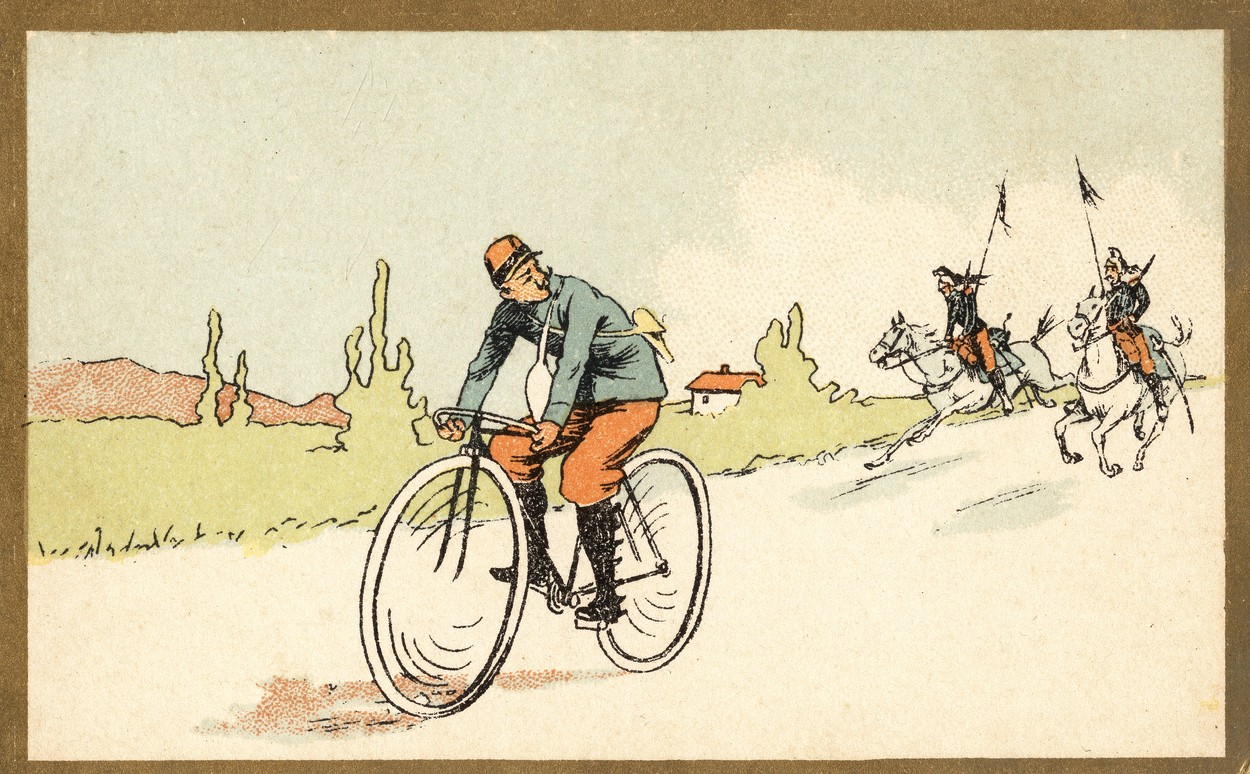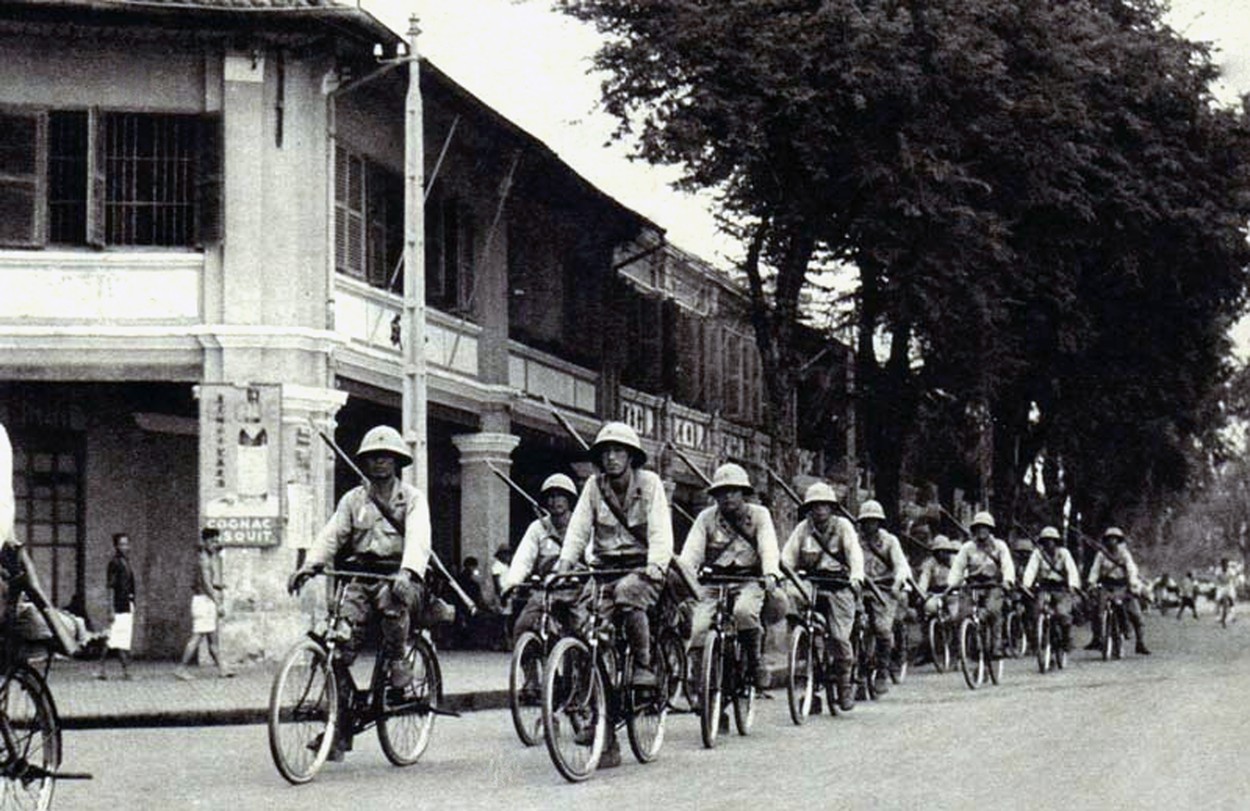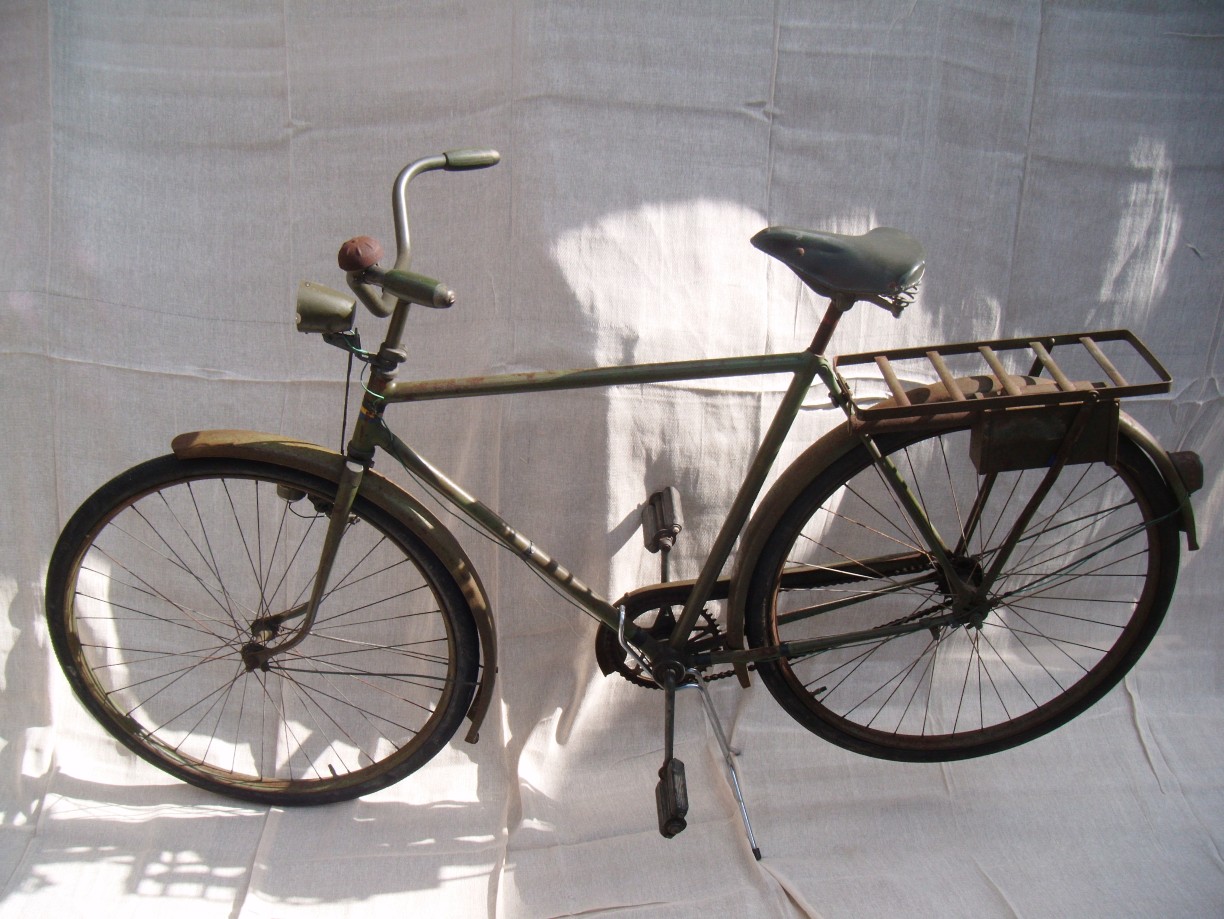In 1886, the French army set up several units that developed folding bikes which could be slung over the back and carried over rough terrain. By the turn of the century, every French infantry and so-called chasseur, or hunter, battalion had its own detachment of cyclists that, in addition to scouting and carrying dispatches, were also used for skirmishes with the enemy. They soon replaced horse-mounted troops because they were cheaper, needed no special training and did not whinny or neigh when they were hungry.

Before World War I, bicycles were already in use by armed forces in Britain, France, Italy, Belgium and Russia. The first known use of bicycles in actual combat took place during the Jameson Raid – a failed raid against the South African Republic in late 1895 by a British colonial statesman and his troops – in which cyclists were used as messengers. In the Second Boer War (1899-1902), military cyclists were primarily used as messengers and scouts. But cycle-mounted infantry units from both sides also carried out raids, with the Boer Theron Reconnaissance Corps described by the British commander Lord Roberts as “the hardest thorn in the flesh of the British advance.”
In World War I, every combatant army used cycle-mounted infantry, scouts, messengers and ambulance carriers. The German Jäger light infantry battalions each had a bicycle company at the start of the war, and they proved so useful that additional cycle-mounted units were formed during the conflict. Eventually, a number of these were formed into bicycle battalions. The British army created two entire divisions, the 1st and 2nd Bicycle Divisions, from its cyclist companies and dismounted horse brigades.

The bicycle became a major weapon of conflict in 1937, when Japan used some 50,000 bicycle troops in its invasion of China. Then, early in World War II, cycle-mounted soldiers were instrumental in the Japanese march through Malaya on their way to capturing Singapore. The bikes provided quiet and flexible transport of thousands of soldiers who then surprised the defending units. Also, using cycle-mounted troops saved petroleum for the Japanese because they did not require trucks or ships to transport the soldiers. Finally, the Japanese knew from intelligence reports that bikes were plentiful in Malaya and so did not have to bring their own; they simply confiscated them from civilians and shops.
Using bicycles, the Japanese were also able to move more rapidly than withdrawing Allied troops and so, travelling over plantation roads, native paths and improvised bridges, often caught them by surprise, cutting off their retreat or attacking them from behind.

The Finnish, Swedish, Polish and German armies also made extensive use of bicycles during the war. The six Swedish bicycle infantry divisions were equipped with domestically manufactured military bicycles, the most important of which was the m/42, a one-speed roadster. After the war, these bikes continued to be used in the army, until 1970, when they were sold off. They quickly became very popular with Swedish students, prompting a new company, Kronan, to produce modern versions of the m/42 in 1997.
The US army made scarce use of bikes during the war, except to supply folding bicycles to paratroopers and messengers. However, they also dropped bicycles out of planes to their troops behind enemy lines, giving rise to the term “bomber bikes”.

Although bicycles were eventually replaced by motorized transport after World War II, they were very important to the Viet Cong and the North Vietnamese army, who used them to transport supplies along the Ho Chi Minh trail during the War in Vietnam. However, because they often carried up to 180 kg of rice, they could not be ridden but were pushed instead. These Vietnamese “cargo bikes” were often reinforced in jungle workshops to enable them to carry heavy loads over all kinds of terrain.
Today, bicycles are no longer used in anger, unless you count their use by cycle-mounted police to deal with social protest and crime.




